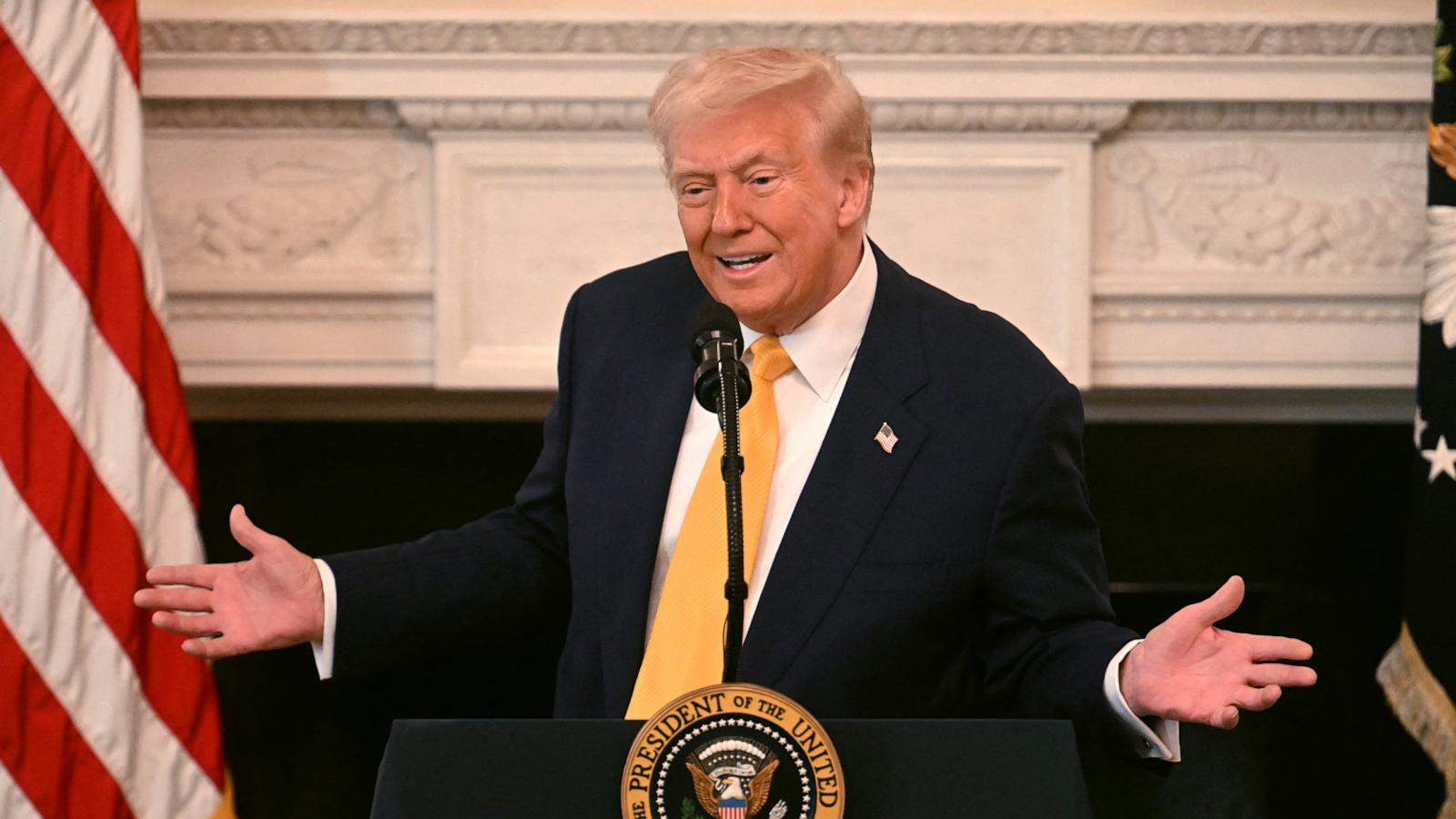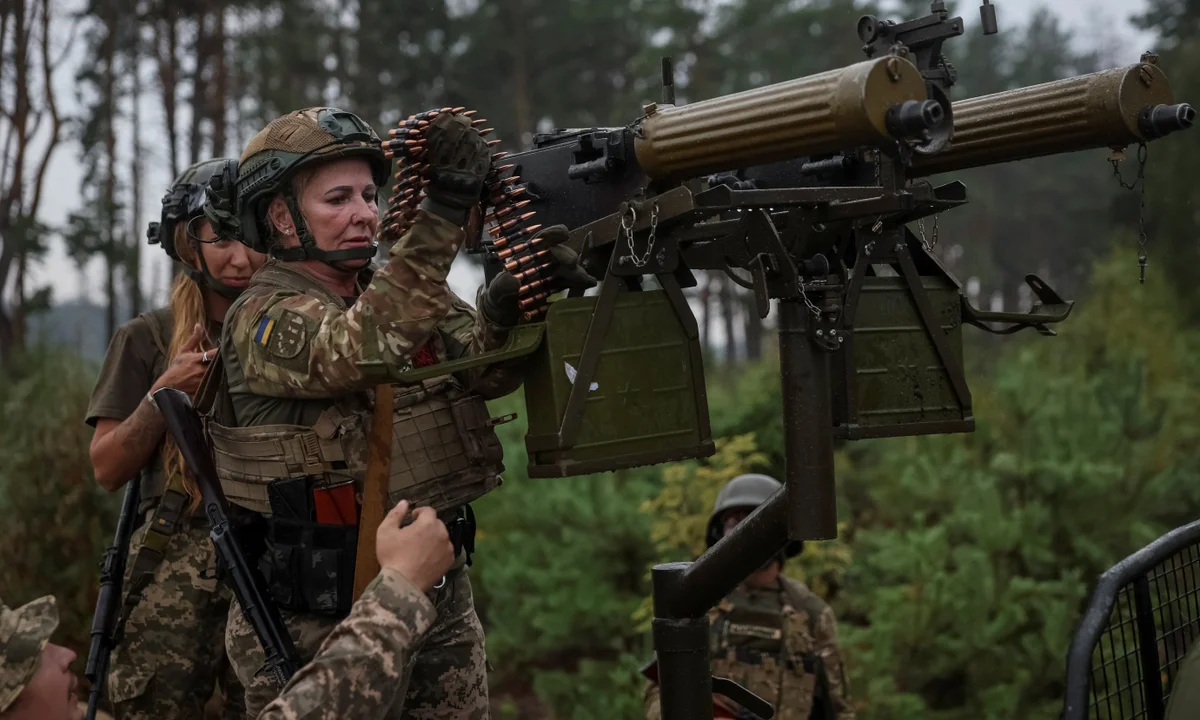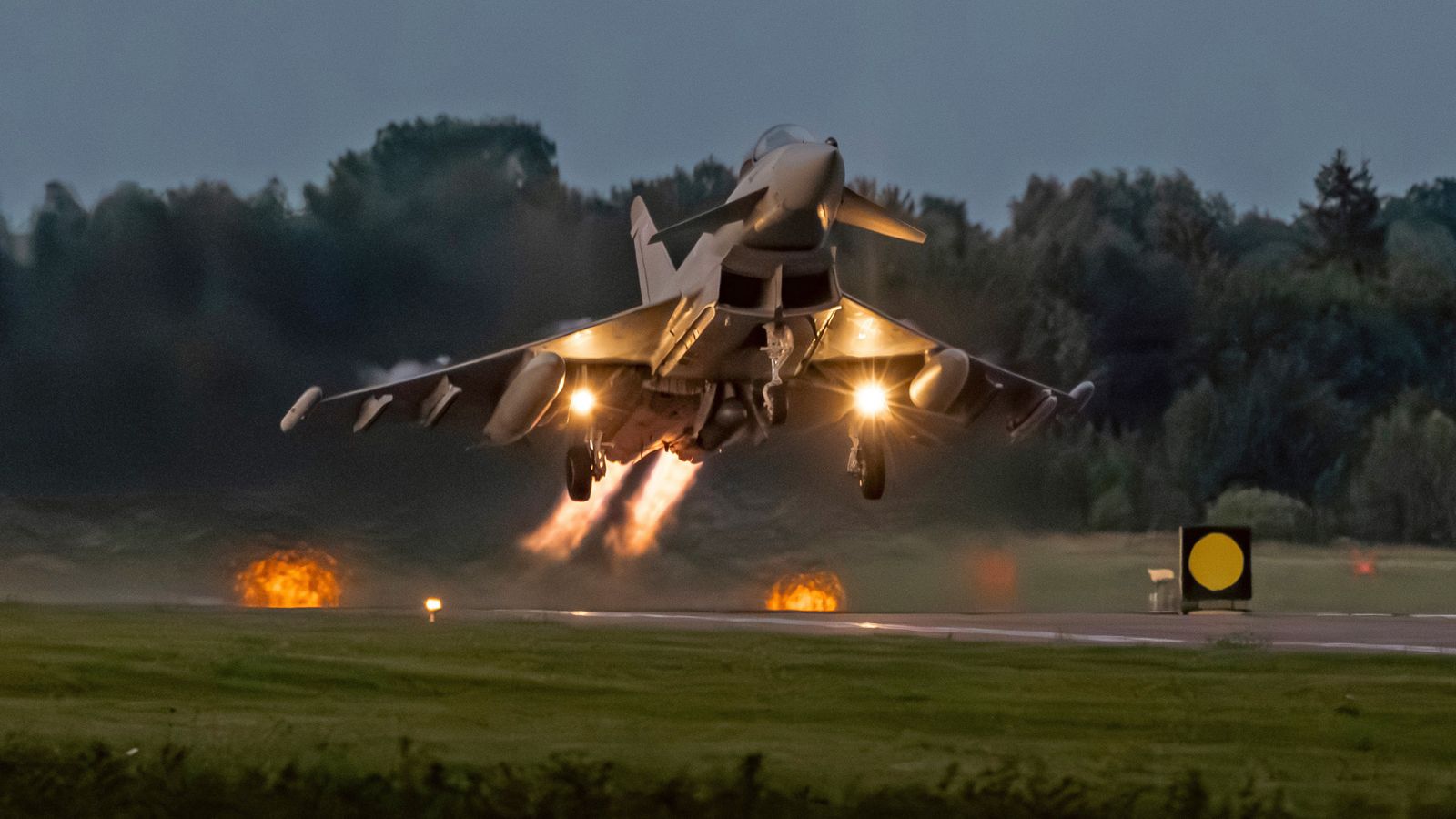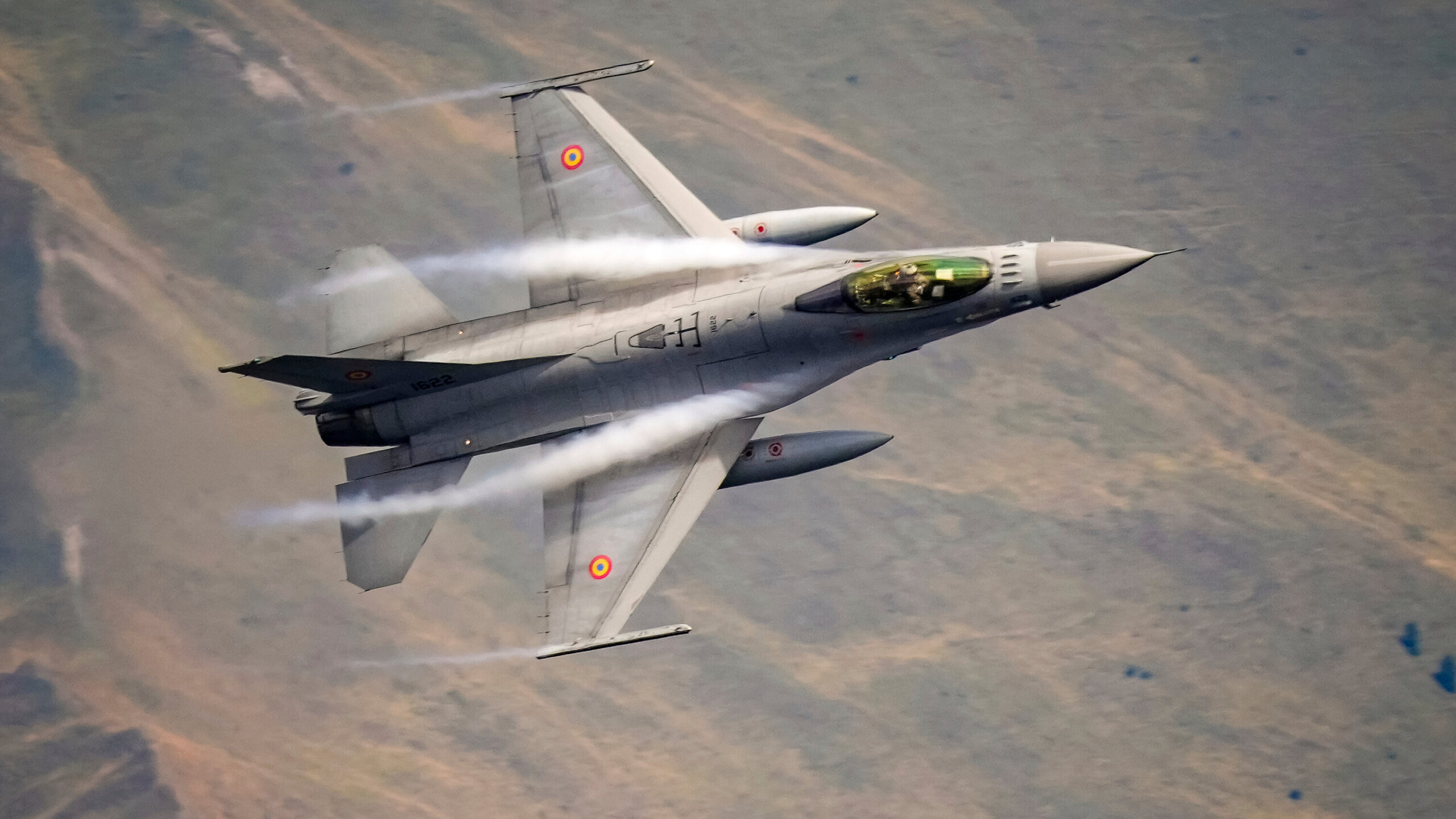Introduction: A Strategy of Soundbites Over Substance
In the ever-shifting landscape of global politics, few issues carry the weight of the Ukraine-Russia conflict. Former President Donald Trump’s approach to this crisis has drawn sharp scrutiny, with critics arguing it’s heavy on bravado but light on action. The Guardian’s editorial stance captures this sentiment: Trump’s strategy of talking tough while doing little isn’t working. This article dives deep into why this approach falters, exploring its implications, shortcomings, and the broader geopolitical consequences.
Understanding Trump’s Ukraine Strategy
What Does “Talking Tough” Mean?
Trump’s rhetoric on Ukraine often leans on bold claims—promises to end the war swiftly, critiques of NATO’s role, and warnings to Russia. Yet, these statements rarely translate into concrete policy. His approach seems designed to appeal to domestic audiences rather than address the complexities of the conflict.
A Brief History of Trump’s Stance on Ukraine
Trump’s engagement with Ukraine dates back to his presidency, most notably during the 2019 impeachment saga over withholding military aid. His current strategy echoes this pattern: loud promises of decisive action paired with vague or inconsistent follow-through. For example, he’s claimed he could resolve the conflict “in 24 hours,” yet offers no detailed plan.
Why Trump’s Approach Falls Short
Lack of Diplomatic Depth
Effective foreign policy requires nuanced diplomacy, something Trump’s strategy lacks. His reliance on public statements over backchannel negotiations ignores the delicate balance needed to support Ukraine without escalating tensions with Russia. This leaves allies uncertain and adversaries emboldened.
Inconsistent Messaging
Trump’s public comments often contradict each other. One day, he criticizes NATO’s involvement; the next, he demands more European support for Ukraine. This inconsistency confuses allies and undermines trust, making it harder for the U.S. to lead on the global stage.
Limited Action Beyond Rhetoric
While Trump touts his ability to broker peace, his record shows minimal tangible support for Ukraine. During his presidency, military aid was delayed for political leverage, a move that weakened Ukraine’s position. His current proposals lack specifics on funding, weapons, or diplomatic initiatives.
The Geopolitical Fallout
Strained U.S.-Ukraine Relations
Ukraine relies heavily on U.S. support—financially, militarily, and diplomatically. Trump’s approach risks eroding this trust. Ukrainian leaders, wary of his unpredictable stance, may seek stronger ties with European allies, potentially diminishing U.S. influence in the region.
Emboldening Russia
Russia’s leadership thrives on perceived weakness. Trump’s tough talk, unpaired with action, signals to Moscow that the U.S. lacks commitment. This could embolden Russia to escalate its aggression, knowing the U.S. response might be limited to verbal sparring.
Impact on NATO and Allies
NATO’s unity is critical to countering Russian aggression. Trump’s criticism of the alliance and his reluctance to commit resources weaken its cohesion. Allies like Poland and the Baltic states, already on edge, may question U.S. reliability, pushing them toward alternative security arrangements.
Comparing Trump’s Strategy to Alternatives
Trump vs. Biden: A Policy Breakdown
To understand the shortcomings of Trump’s approach, let’s compare it to the Biden administration’s strategy:
| Aspect | Trump’s Approach | Biden’s Approach |
|---|---|---|
| Rhetoric | Bold, confrontational, vague | Measured, focused on alliance-building |
| Military Aid | Delayed or conditional (e.g., 2019) | Consistent, with $50B+ in aid since 2022 |
| Diplomatic Engagement | Minimal, unilateral | Multilateral, via NATO and EU partnerships |
| Sanctions on Russia | Limited during presidency | Aggressive, targeting Russian economy |
| Public Perception | Polarizing, domestically focused | Globally oriented, steady |
Biden’s approach, while not flawless, prioritizes sustained support and coalition-building, contrasting sharply with Trump’s sporadic engagement.
Lessons from Historical U.S. Strategies
Past U.S. presidents have navigated complex conflicts with varying success. Reagan’s firm stance against the Soviet Union paired rhetoric with action—economic pressure and military support for allies. Trump’s strategy lacks this follow-through, resembling more of a performance than a policy.
Pros and Cons of Trump’s Ukraine Strategy
Pros
- Domestic Appeal: His tough talk resonates with voters wary of foreign entanglements.
- Pressure on Allies: Criticizing NATO spending pushes allies to contribute more.
- Avoiding Escalation: Limited action reduces the risk of direct U.S.-Russia conflict.
Cons
- Lack of Clarity: Vague promises confuse allies and embolden adversaries.
- Eroded Trust: Inconsistent support weakens U.S. credibility in Ukraine and beyond.
- Missed Opportunities: Failure to engage diplomatically limits potential for peace talks.
- Domestic Polarization: His approach fuels partisan divides, undermining unified U.S. policy.
A Personal Perspective: Why Action Matters
As someone who’s followed global conflicts closely, I recall a conversation with a Ukrainian friend in 2022, just after Russia’s invasion. She spoke of the fear and hope that U.S. support brought—tangible aid like Javelin missiles made a real difference. But she also worried about leaders who promised much and delivered little. Trump’s strategy feels like a betrayal of that hope. It’s like shouting from the sidelines while the team struggles on the field—cheering doesn’t win games.
People Also Ask (PAA) Section
What is Donald Trump’s stance on the Ukraine-Russia war?
Trump has claimed he could end the war quickly, often emphasizing negotiations with Russia. However, his stance lacks detailed plans, focusing more on critiquing NATO and current U.S. policy than outlining actionable steps.
How has Trump supported Ukraine in the past?
During his presidency, Trump approved some military aid to Ukraine, like Javelin missiles, but delayed it for political leverage in 2019, leading to his impeachment. His current proposals remain vague, with no clear commitment to ongoing support.
Why is Trump’s Ukraine strategy criticized?
Critics argue his strategy is heavy on rhetoric but light on action, failing to provide Ukraine with consistent support. This inconsistency risks weakening alliances and emboldening Russia.
How does Trump’s approach differ from Biden’s?
Biden’s strategy emphasizes sustained military and financial aid, multilateral diplomacy, and sanctions on Russia. Trump’s approach relies on bold claims with minimal follow-through, creating uncertainty among allies.
The Broader Implications for Global Stability
Ukraine’s Fight as a Global Test
Ukraine’s resistance to Russia is more than a regional conflict—it’s a litmus test for democratic resilience. A weak U.S. stance, as seen in Trump’s approach, could signal to other authoritarian regimes that aggression faces little consequence. This has ripple effects, from Taiwan to the Middle East.
The Role of U.S. Leadership
The U.S. has long been a cornerstone of global stability. Trump’s reluctance to lead decisively undermines this role. Allies may turn to other powers—like China or the EU—for security, reshaping the global order in ways that could disadvantage the U.S.
What Can Be Done Differently?
Strengthening Diplomatic Efforts
A robust Ukraine strategy requires active diplomacy—engaging Russia, Ukraine, and NATO in meaningful talks. Trump could leverage his deal-making reputation to push for ceasefires or humanitarian corridors, but this would require moving beyond soundbites.
Committing to Sustained Aid
Ukraine needs consistent military and economic support. Committing to long-term aid packages, as Biden has done, would signal unwavering support. Trump’s team could propose clear funding plans to rebuild trust.
Building a Unified Front
Trump’s criticism of NATO could be reframed as a call for shared responsibility, not division. Working with allies to create a cohesive strategy would strengthen the West’s position against Russia.
FAQ Section
Why hasn’t Trump’s tough talk on Ukraine worked?
His rhetoric lacks follow-through, confusing allies and failing to deter Russia. Without concrete actions like sustained aid or diplomacy, his words ring hollow.
How does Trump’s strategy impact U.S. credibility?
Inconsistent support and vague promises erode trust among allies like Ukraine and NATO, weakening the U.S.’s global leadership role.
What would a better Ukraine strategy look like?
A better strategy would combine clear rhetoric with sustained aid, active diplomacy, and strong alliance-building to support Ukraine effectively.
Is Trump’s approach popular with voters?
His tough talk appeals to some U.S. voters wary of foreign spending, but it alienates others who see Ukraine’s fight as a defense of democracy.
Where can I learn more about U.S.-Ukraine relations?
For detailed insights, visit The Council on Foreign Relations or The Atlantic Council for expert analysis on U.S.-Ukraine policy.
Tools and Resources for Staying Informed
Best Tools for Following Ukraine News
- Reuters: Offers balanced reporting on global conflicts, including Ukraine.
- BBC World News: Provides in-depth coverage of the Ukraine-Russia war.
- Google News Alerts: Set up alerts for “Ukraine conflict” to get real-time updates.
- X Platform: Follow accounts like @KyivIndependent for on-the-ground perspectives.
Where to Get Reliable Information
- Official U.S. State Department: Check state.gov for U.S. policy updates.
- NATO’s Website: Visit nato.int for alliance perspectives.
- Ukrainian Government Portals: Sites like mfa.gov.ua offer Ukraine’s official stance.
Conclusion: Time for Action, Not Just Words
Donald Trump’s Ukraine strategy—marked by bold rhetoric and minimal action—falls short in a conflict that demands clarity and commitment. While his tough talk may resonate with some, it fails to address the needs of Ukraine, the concerns of allies, or the threat posed by Russia. A more effective approach would blend diplomacy, sustained aid, and alliance-building. As the world watches, the U.S. must decide whether to lead with substance or continue with soundbites. For Ukraine’s sake—and global stability’s—the choice is clear.
